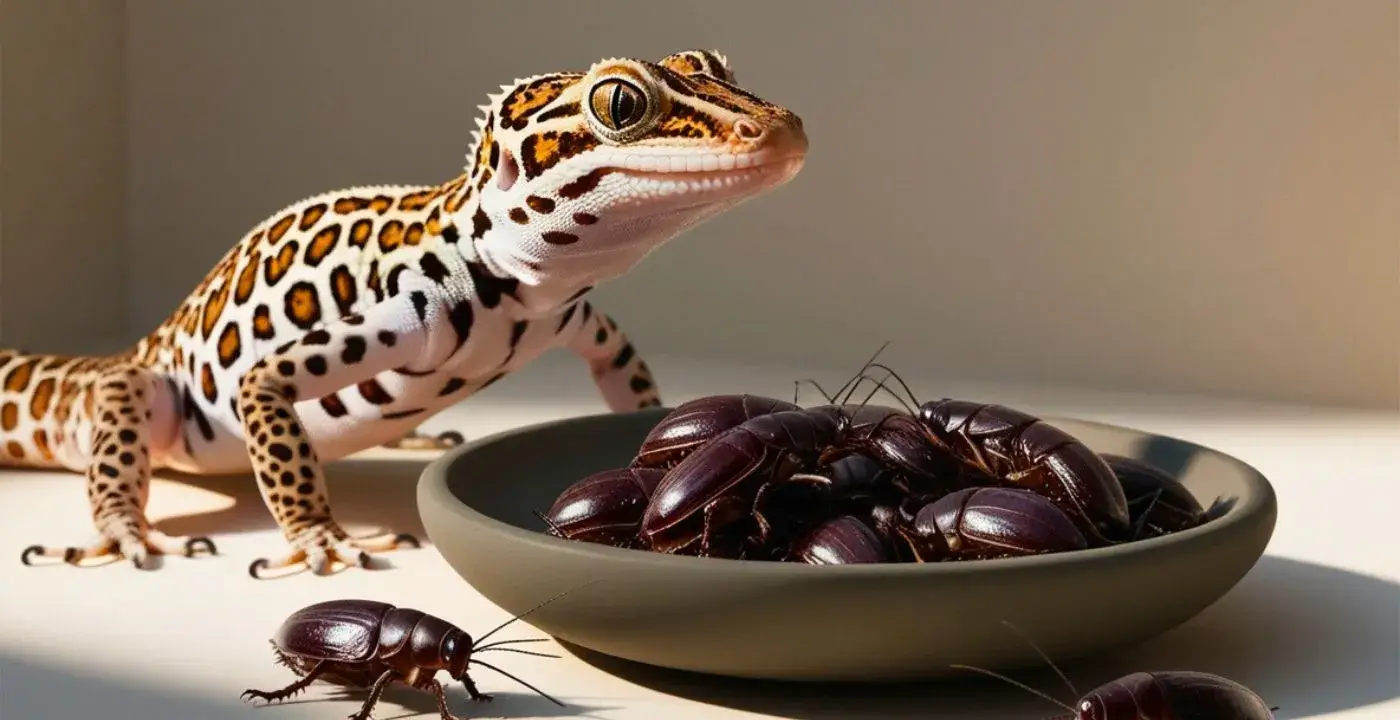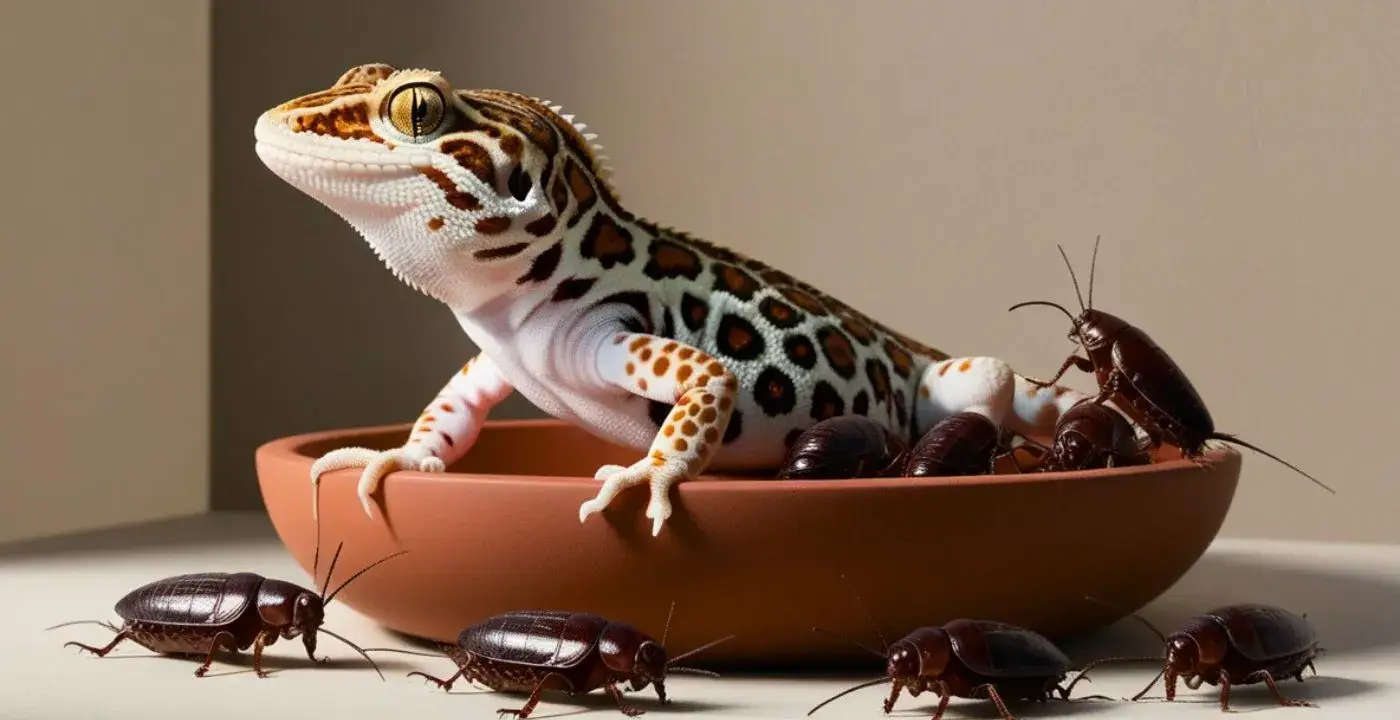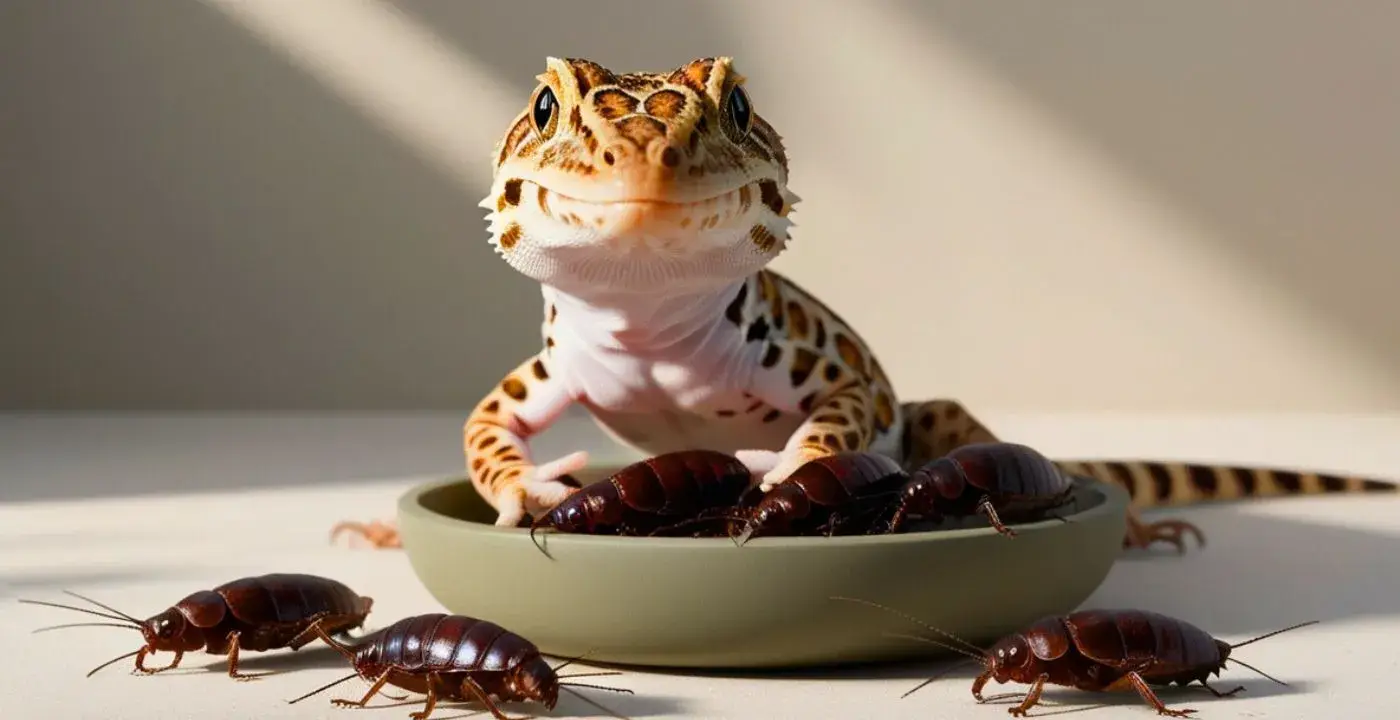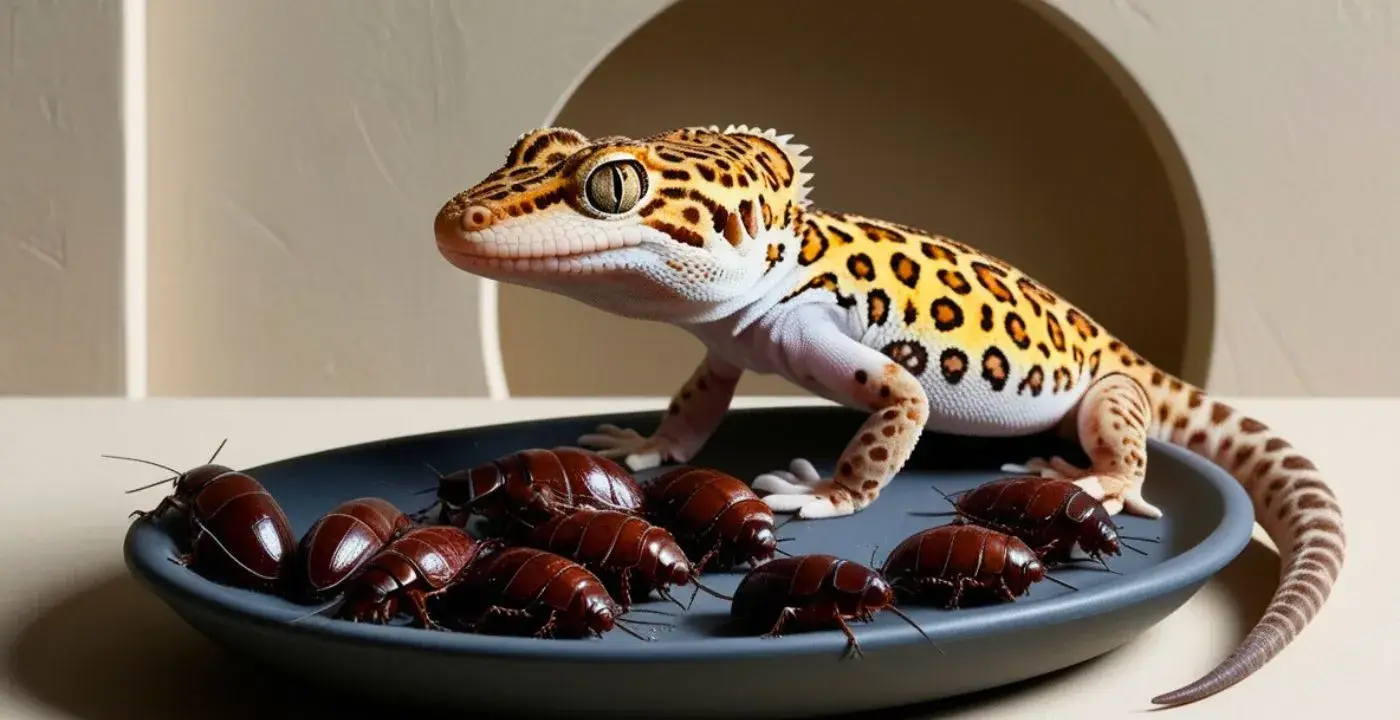If you’re a leopard gecko owner, you’ve likely heard that Dubia roaches are one of the best feeder insects available. But here’s the million-dollar question: What size Dubia roaches should you feed your leopard gecko? Choosing the right size is crucial for your gecko’s health, growth, and overall well-being. In this comprehensive guide, we’ll dive into everything you need to know about selecting the perfect Dubia roach size for your leopard gecko, backed by expert advice and practical tips.
Leopard geckos are insectivores, meaning their diet consists entirely of insects. Dubia roaches are a popular choice because they’re nutritious, easy to digest, and less likely to carry parasites compared to other feeders. However, feeding the wrong size can lead to choking hazards, impaction, or nutritional imbalances. Let’s explore how to get it right.
Why Dubia Roaches Are Ideal for Leopard Geckos

Before we dive into sizing, let’s talk about why Dubia roaches are such a great choice for leopard geckos. These roaches are packed with protein, low in fat, and have an excellent calcium-to-phosphorus ratio, making them a staple in reptile nutrition. Unlike crickets, they don’t jump or make noise, and they’re less likely to bite your gecko. Plus, they’re easy to gut-load (feeding them nutritious foods before offering them to your pet), which boosts their nutritional value even further.
But even the best feeder insect can cause problems if it’s not the right size. So, how do you determine the appropriate size for your leopard gecko?
How to Choose the Right Size Dubia Roaches

The general rule of thumb is to feed your leopard gecko Dubia roaches that are no wider than the space between their eyes. This ensures the roach is small enough to be swallowed safely without causing choking or digestive issues. Here’s a breakdown of how to match Dubia roach sizes to your gecko’s age and size:
For Baby Leopard Geckos
Baby leopard geckos are tiny, usually measuring 3-4 inches in length. At this stage, they need small, easily digestible prey. Opt for 1/4-inch Dubia roaches, which are about the size of a pinhead. These are small enough for hatchlings to consume without difficulty.
Pro Tip: Baby geckos grow quickly, so monitor their size regularly and adjust the feeder size as needed.
For Juvenile Leopard Geckos
Juvenile leopard geckos are between 4-8 inches long and are in a rapid growth phase. They can handle slightly larger prey, so 1/2-inch Dubia roaches are ideal. These roaches provide more nutrients to support their development without being too large.
Quick Tip: If you’re unsure, err on the side of caution and choose a smaller size. It’s better to feed two smaller roaches than one that’s too big.
For Adult Leopard Geckos
Adult leopard geckos are fully grown, typically measuring 8-10 inches in length. They can comfortably eat 3/4-inch to 1-inch Dubia roaches. At this stage, their jaws are strong enough to handle larger prey, and their digestive systems are fully developed.
Did You Know? Adult leopard geckos don’t need to eat as frequently as juveniles. Feeding them 2-3 appropriately sized roaches every other day is usually sufficient.
Common Mistakes to Avoid
When it comes to feeding Dubia roaches to your leopard gecko, there are a few common pitfalls to watch out for:
- Feeding Roaches That Are Too Large: Oversized roaches can cause choking or impaction, a serious condition where the digestive tract becomes blocked.
- Overfeeding: While Dubia roaches are nutritious, overfeeding can lead to obesity. Stick to a balanced feeding schedule.
- Ignoring Gut-Loading: Always gut-load your Dubia roaches with nutritious foods like leafy greens, carrots, or commercial gut-load products. This ensures your gecko gets the most nutritional benefit.
How to Measure Dubia Roaches

If you’re unsure about the size of your Dubia roaches, here’s a simple way to measure them:
- Use a ruler or a measuring tape to determine the length of the roach from head to tail.
- Compare the roach’s width to the space between your gecko’s eyes. If it’s wider, it’s too big.
- When in doubt, choose a smaller size.
Quick Tip: Many online suppliers categorize Dubia roaches by size, making it easier to select the right ones for your gecko.
The Science Behind Proper Sizing
Why is size so important? It all comes down to your leopard gecko’s anatomy and digestive system. Leopard geckos have relatively small mouths and throats, and their digestive tracts are designed to process prey of a certain size. Feeding them prey that’s too large can lead to:
- Choking: Large roaches can get stuck in their throat.
- Impaction: Undigested roaches can block their intestines, leading to serious health issues.
- Stress: Struggling to eat oversized prey can cause unnecessary stress for your gecko.
By sticking to the “space between the eyes” rule, you’re ensuring that your gecko can eat safely and comfortably.
Frequently Asked Questions
Can I Feed My Leopard Gecko Only Dubia Roaches?
While Dubia roaches are highly nutritious, it’s best to offer a varied diet. Include other feeders like mealworms, crickets, or waxworms to provide a range of nutrients.
How Many Dubia Roaches Should I Feed My Gecko?
This depends on your gecko’s age and size. Baby geckos can eat 3-5 small roaches daily, while adults only need 2-3 larger roaches every other day.
Are Dubia Roaches Safe for All Reptiles?
Yes, Dubia roaches are safe for most insectivorous reptiles, including bearded dragons and chameleons. Just make sure to adjust the size according to the species.
Conclusion: Making the Right Choice for Your Leopard Gecko
Choosing the right size Dubia roaches for your leopard gecko is essential for their health and happiness. By following the guidelines outlined in this post, you can ensure your gecko gets the nutrition they need without any risks. Remember, the key is to match the roach size to your gecko’s age and size, and always prioritize safety over convenience.
If you found this guide helpful, feel free to explore our other posts on reptile care or share your experiences in the comments below. Your leopard gecko deserves the best, and with the right knowledge, you can provide just that! Drguidez.
By following this guide, you’ll not only keep your leopard gecko healthy but also build trust as a reliable source of information for reptile enthusiasts. Happy feeding!

Mark Manson is an expert blogger specializing in Dubia Roaches. He shares practical care tips, breeding insights, and feeding advice to help enthusiasts and reptile owners thrive.

